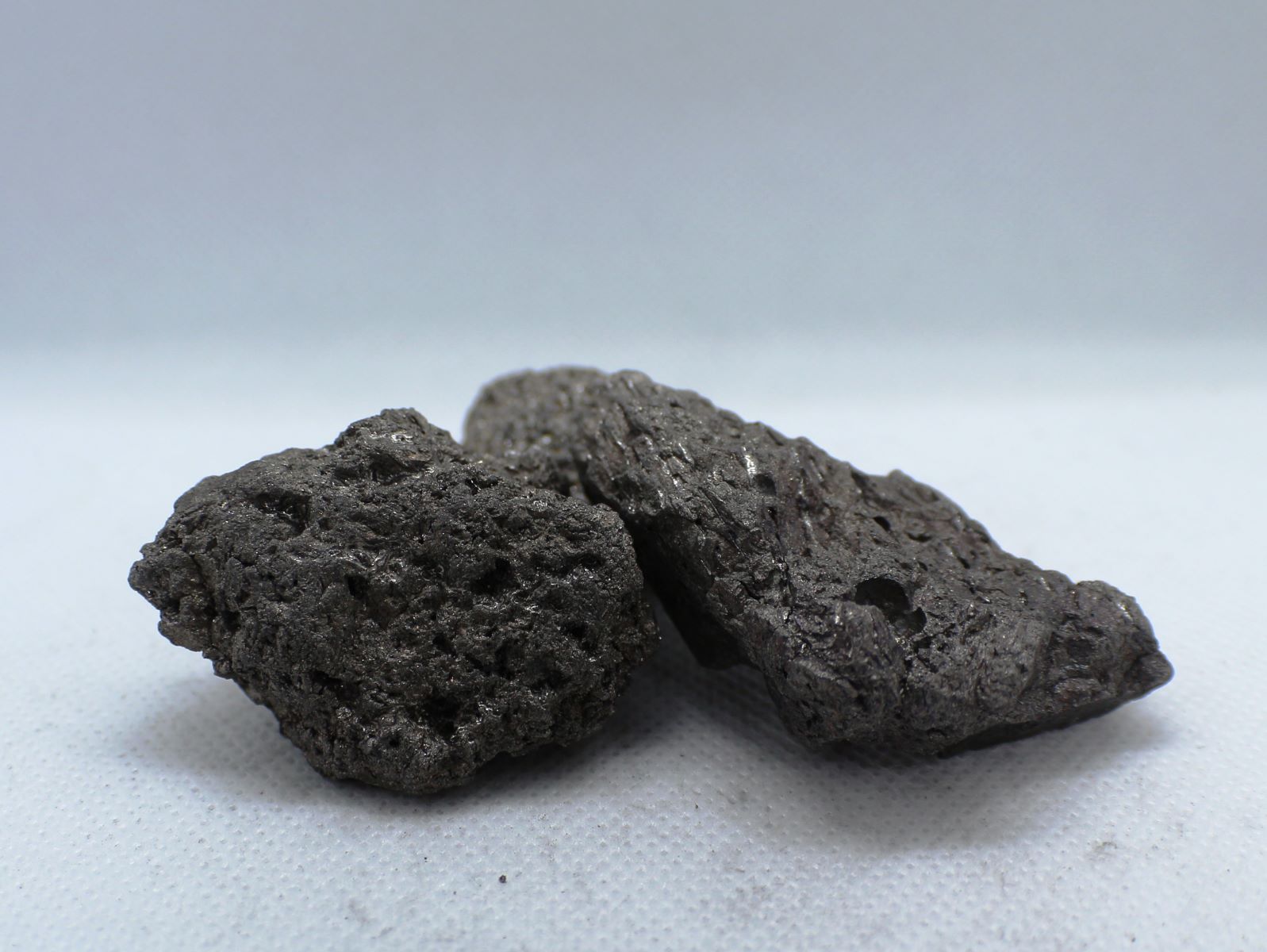
Ferrophosphorus might sound like a mouthful, but it's a fascinating material with some pretty cool uses. What is ferrophosphorus? Ferrophosphorus is an alloy made from iron and phosphorus. It's often used in steelmaking to improve strength and durability. This alloy also finds its way into the production of certain types of cast iron, giving them enhanced wear resistance. Beyond the industrial world, ferrophosphorus plays a role in the creation of some specialized chemicals. Curious about how this seemingly simple alloy impacts various industries? Stick around as we dive into 35 intriguing facts about ferrophosphorus that will leave you amazed at its versatility and importance.
Key Takeaways:
- Ferrophosphorus is an iron-phosphorus alloy used in steel production to enhance strength and durability, but it requires careful handling due to its potential health and environmental impacts.
- The future of ferrophosphorus looks bright with ongoing research for more efficient production methods and potential applications in nanotechnology and space exploration.
What is Ferrophosphorus?
Ferrophosphorus is an alloy of iron and phosphorus. It's often used in the steel industry to improve the properties of steel. Here are some fascinating facts about this unique material.
-
Ferrophosphorus Composition: Typically contains 18-25% phosphorus and the rest is iron.
-
Steel Production: Used as an additive in steel production to enhance strength and durability.
-
Corrosion Resistance: Adding ferrophosphorus to steel increases its resistance to corrosion.
-
Hardness: Improves the hardness of steel, making it suitable for heavy-duty applications.
-
Brittleness: While it increases hardness, it can also make steel more brittle if not used correctly.
Historical Background
Understanding the history of ferrophosphorus gives insight into its development and applications over time.
-
Ancient Use: Phosphorus was first isolated in 1669 by Hennig Brand, a German alchemist.
-
Industrial Revolution: The alloy became significant during the Industrial Revolution for improving steel quality.
-
Modern Applications: Today, it's widely used in various industries, including automotive and construction.
Production Process
The production of ferrophosphorus involves several steps, each crucial for achieving the desired properties.
-
Raw Materials: Produced from iron ore and phosphate rock.
-
Electric Arc Furnace: Typically made in an electric arc furnace where iron and phosphorus are melted together.
-
Cooling: The molten alloy is cooled and solidified into ingots or granules.
-
Purity Levels: The purity of ferrophosphorus can vary depending on the production process.
Applications in Various Industries
Ferrophosphorus is not limited to steel production; it has diverse applications across multiple industries.
-
Automotive Industry: Used in the manufacturing of car parts for enhanced strength.
-
Construction: Essential in constructing buildings and infrastructure due to its durability.
-
Electronics: Plays a role in the production of certain electronic components.
-
Agriculture: Sometimes used in fertilizers to provide essential nutrients to plants.
Environmental Impact
The environmental impact of ferrophosphorus production and use is an important consideration.
-
Recycling: Ferrophosphorus can be recycled, reducing the need for raw materials.
-
Waste Management: Proper disposal of waste products from its production is crucial to prevent environmental damage.
-
Energy Consumption: The production process is energy-intensive, contributing to carbon emissions.
-
Sustainable Practices: Efforts are being made to develop more sustainable production methods.
Health and Safety
Handling ferrophosphorus requires attention to health and safety guidelines to prevent accidents and health issues.
-
Protective Gear: Workers must wear protective gear to avoid exposure to harmful substances.
-
Inhalation Risks: Inhaling dust or fumes can cause respiratory problems.
-
Skin Contact: Direct contact with the skin can lead to irritation or burns.
-
Storage: Must be stored in a dry, cool place to prevent unwanted reactions.
Interesting Facts
Here are some lesser-known but intriguing facts about ferrophosphorus.
-
Magnetic Properties: Ferrophosphorus exhibits magnetic properties due to its iron content.
-
Color: The alloy typically has a dark gray or black color.
-
Density: Has a density of about 6.5 grams per cubic centimeter.
-
Melting Point: Melts at approximately 1,050 degrees Celsius.
Future of Ferrophosphorus
The future of ferrophosphorus looks promising with ongoing research and development.
-
Innovations: New methods are being developed to produce ferrophosphorus more efficiently.
-
Nanotechnology: Potential applications in nanotechnology are being explored.
-
Alloy Development: Research is focused on creating new alloys with improved properties.
-
Environmental Regulations: Stricter environmental regulations are shaping the production processes.
Fun Facts
Let's end with some fun and quirky facts about ferrophosphorus.
-
Name Origin: The name comes from the Latin words "ferrum" (iron) and "phosphorus."
-
Space Exploration: Potential use in space exploration materials due to its durability.
-
Artistic Use: Occasionally used by artists for its unique color and texture.
Final Thoughts on Ferrophosphorus
Ferrophosphorus, a fascinating alloy, plays a crucial role in various industries. Its unique properties, like high corrosion resistance and strength, make it invaluable in steel production and other applications. Understanding these 35 facts about ferrophosphorus helps appreciate its significance in modern technology and manufacturing.
From its discovery to its current uses, ferrophosphorus has proven to be a versatile and essential material. Whether it's enhancing steel quality or contributing to environmental sustainability, this alloy continues to impact our daily lives in ways we might not always realize.
By learning about ferrophosphorus, we gain insight into the intricate world of materials science and the innovations that drive progress. Keep these facts in mind next time you encounter products made stronger and more durable, thanks to this remarkable alloy.
Frequently Asked Questions
Was this page helpful?
Our commitment to delivering trustworthy and engaging content is at the heart of what we do. Each fact on our site is contributed by real users like you, bringing a wealth of diverse insights and information. To ensure the highest standards of accuracy and reliability, our dedicated editors meticulously review each submission. This process guarantees that the facts we share are not only fascinating but also credible. Trust in our commitment to quality and authenticity as you explore and learn with us.


